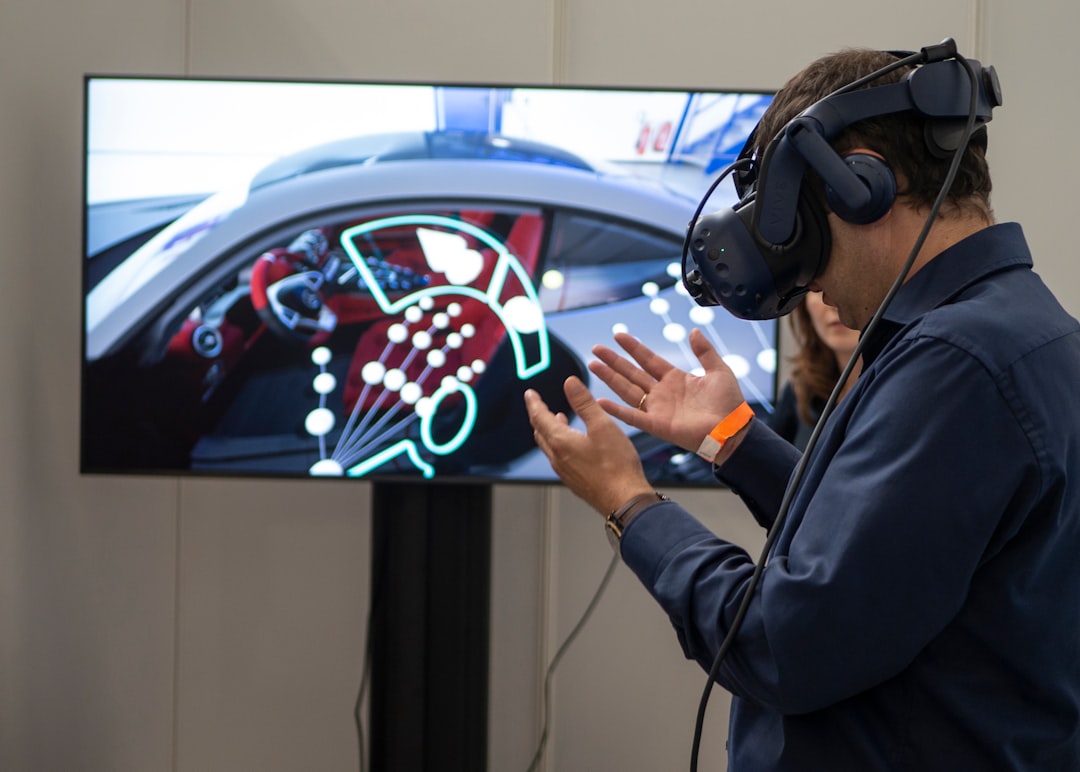In today's fast-paced digital landscape, marketing has undergone a significant transformation. Gone are the days of traditional advertising methods where brands simply pushed their messages to passive audiences. The rise of the internet and social media has revolutionized the way businesses connect with their customers, placing a greater emphasis on audience engagement. In this article, we will explore the changing dynamics of marketing, the importance of audience engagement, and how interactive experiences are shaping the future of marketing.
From Traditional to Digital: The Evolution of Marketing
Traditional marketing relied on one-way communication channels such as television, print, and radio advertisements. While effective at reaching large audiences, these methods lacked interactivity and personalization. However, the advent of digital marketing has opened up new possibilities for brands to engage with their target market.
Digital marketing encompasses a wide range of strategies, including social media marketing, content marketing, influencer partnerships, and search engine optimization. These methods allow businesses to establish two-way communication with their audiences, fostering deeper connections and enabling real-time interactions.
The Importance of Audience Engagement
In the digital age, capturing and retaining audience attention is more challenging than ever. Audiences are inundated with information and have become increasingly selective about the content they consume. To cut through the noise, brands must focus on building meaningful relationships and engaging their audiences in a way that resonates with them.
Audience engagement goes beyond passive consumption—it involves active participation and interaction. When audiences feel involved and connected, they are more likely to develop a sense of loyalty towards a brand and become advocates for it. This is where interactive experiences play a vital role.
Embracing Interactive Marketing for Memorable Experiences
Interactive marketing is all about creating memorable and engaging experiences for audiences. It involves providing opportunities for audiences to actively participate, share opinions, and immerse themselves in a brand's messaging. Here are some examples of how different brands in various industries have successfully implemented interactive experiences:
Product Demos: Companies like Apple and Tesla have revolutionized the product demo experience. By allowing customers to engage with their products in-store or virtually, they create a hands-on experience that brings the product to life. This interactive approach helps customers understand the benefits and features of the product better, leading to increased interest and sales.
Giveaways and Contests: Brands like Coca-Cola and Nike frequently run interactive giveaways and contests on social media. By encouraging users to participate and share content, these brands generate buzz, increase brand awareness, and promote audience engagement.
Polls and Surveys: Companies like Starbucks and Netflix use polls and surveys to involve their audiences in decision-making processes. By seeking input and feedback, these brands make their customers feel valued and part of the brand's journey, ultimately building stronger relationships.
The Versatility of Interactive Marketing
Interactive marketing offers businesses a wide range of possibilities to engage with their audiences. Here are some ways businesses can leverage interactive marketing strategies:
Quizzes and Assessments: Create quizzes or assessments related to your industry or product to engage audiences and provide personalized results. This not only entertains but also educates and builds credibility.
Virtual Reality (VR) and Augmented Reality (AR): Use VR and AR technologies to create immersive experiences that allow audiences to interact with products or explore virtual environments. This can be particularly effective in industries such as travel, real estate, and retail.
User-Generated Content (UGC): Encourage audiences to create and share their content related to your brand. This could be through photo contests, hashtag campaigns, or challenges. UGC not only fosters engagement but also helps build a sense of community around your brand.
Integrating Interactive Marketing for Future Success
To stay competitive and future-proof their marketing strategies, businesses must integrate interactive marketing approaches into their overall plans. By creating memorable and engaging experiences for audiences, brands can forge stronger connections, increase brand loyalty, and drive business growth.
In conclusion, the traditional model of marketing has evolved to become more dynamic and interactive in the digital age. Audience engagement is now at the core of successful marketing campaigns. By embracing interactive experiences and leveraging various strategies such as product demos, giveaways, contests, and polls, businesses can create memorable interactions that resonate with their audiences. By adopting an interactive marketing approach, businesses can future-proof their marketing plans and build long-lasting relationships with their customers.
Sources:
